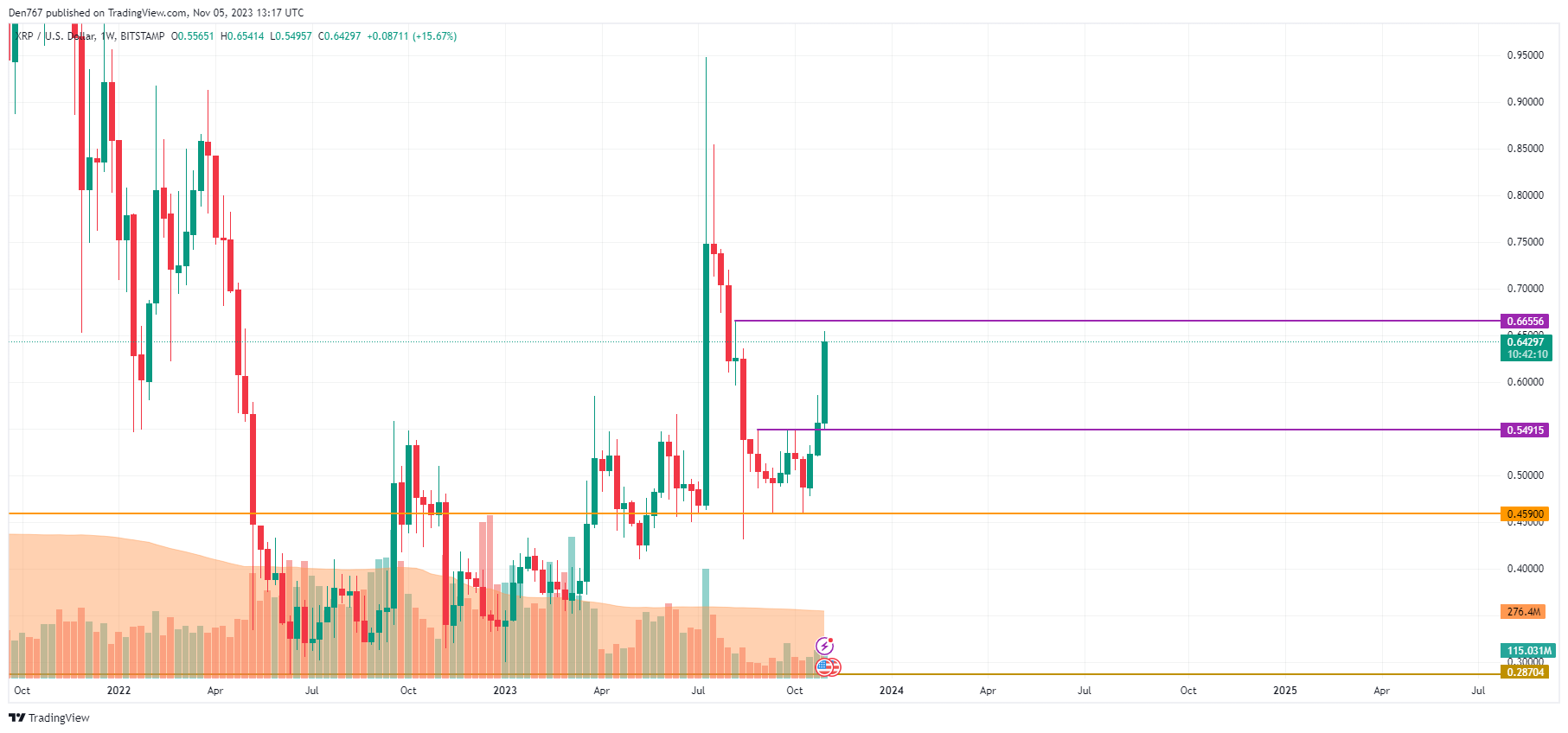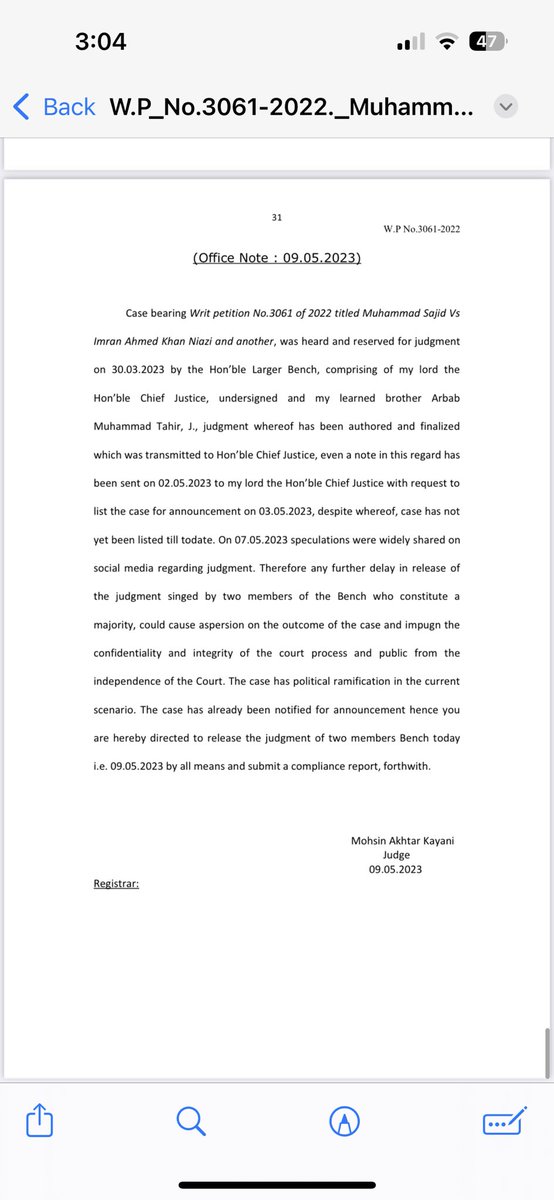Beyond Saving Private Ryan: A Military Historian's Guide To Realistic WWII Movies

Table of Contents
Assessing Authenticity: Key Indicators of Realistic WWII Movie Depictions
To discern truly realistic WWII movies from those that prioritize spectacle over substance, we need to assess several key aspects of their depiction. A truly authentic film goes beyond the surface-level action and delves into the complexities of the war.
Weaponry and Tactics: Getting the Details Right
Accuracy in depicting weaponry and military tactics is paramount. A film's commitment to historical accuracy is often evident in these details.
- Accurate Weaponry: Are the rifles, tanks, and artillery pieces period-appropriate? Do they function realistically? Films often fail here, using modern weapons or anachronistic modifications.
- Realistic Tactics: Does the film accurately portray infantry tactics such as flanking maneuvers, defensive positions, and the challenges of combined arms warfare? The choreography of battle scenes should reflect the strategic thinking of the time.
- Period-Accurate Uniforms and Equipment: The uniforms, equipment, and insignia worn by soldiers should be consistent with the time period and the specific units depicted. Minor details like these contribute significantly to a film’s overall authenticity.
For example, Band of Brothers excels in this area, benefiting from extensive research and consultation with veterans. In contrast, some films fall short by using modern firearms or depicting unrealistic combat scenarios. The presence of military advisors and thorough historical research are crucial indicators of a film's commitment to accuracy in weaponry and tactics.
The Human Element: Portraying Soldiers' Experiences Realistically
Beyond the battles, truly realistic WWII movies accurately represent the human cost of war. This goes beyond simple action sequences; it delves into the psychological toll on the soldiers.
- Realistic Depiction of Soldier Emotions: The film should portray the soldiers' fatigue, fear, trauma, and moments of camaraderie authentically. Overly romanticized or heroic portrayals often distort the reality of the experience.
- Unit Cohesion and Camaraderie: The bonds between soldiers within a unit, their shared experiences, and the development of trust and reliance are crucial aspects often overlooked in less accurate films.
- Psychological Toll of War: The mental and emotional scars of war, including PTSD and moral dilemmas, are often integral to a realistic portrayal. These elements must be explored with sensitivity and respect for the historical context.
Films like Das Boot and Come and See powerfully depict the psychological impact of war, offering a glimpse into the mental struggles faced by soldiers. These films highlight that the human experience is central to understanding the realities of WWII.
The Geopolitical Context: Setting the Stage for Historical Accuracy
Understanding the geopolitical context is crucial for a realistic portrayal of WWII. The motivations of the warring nations, the political climate, and the broader strategic objectives are all essential elements.
- Accurate Geographic Locations and Battlefields: The film should accurately represent the landscapes and battlefields, grounding the narrative in a historically accurate setting.
- Political Climate and Motivations: The film needs to portray the political motivations behind the war, the ideological conflicts, and the geopolitical landscape that led to the conflict.
- Avoidance of Anachronisms: It's crucial to avoid historical inaccuracies or anachronisms – details that don't belong in the time period – which can undermine the film's credibility.
Films that accurately depict specific campaigns, like A Bridge Too Far or The Longest Day, demonstrate a commitment to historical accuracy by researching and presenting the geopolitical context of their storylines. This level of historical detail allows for a more compelling and informative viewing experience.
Beyond the Battlefield: Exploring Different Facets of the War
While the battles are important, a truly comprehensive understanding of WWII necessitates exploring different facets of the conflict, often overlooked in many films.
The Home Front: Civilian Experiences During WWII
The experiences of civilians during WWII are often overshadowed by the battles on the front lines. A truly realistic WWII movie should not neglect this crucial aspect.
- Life Under Occupation: The realities of civilian life under Nazi occupation, including restrictions on freedoms, the threat of violence, and the everyday struggles of survival, should be realistically depicted.
- Resistance Movements: Films should realistically showcase the diverse forms of resistance, from organized movements to individual acts of defiance.
- Impact of Rationing, Propaganda, and Societal Changes: The profound impact of rationing, propaganda, and societal changes on civilian life should be carefully considered and portrayed.
Films that depict the home front experiences, such as The Pianist, offer valuable insights into the civilian suffering during the war. These are crucial for a more complete understanding of the conflict.
The Eastern Front: A Often-Overlooked but Crucial Theater
The Eastern Front, the site of brutal battles between Nazi Germany and the Soviet Union, often receives less attention in Western films. Its significance, however, cannot be understated.
- Battles on the Eastern Front: Films accurately depicting the vast scale, ferocity, and unique challenges of the Eastern Front are essential for a complete picture of WWII.
- Soviet Military and Strategies: The portrayal of the Soviet military, its strategies, and the immense human cost incurred should be accurate and sensitive.
- Unique Challenges of the Eastern Front: The harsh climate, vast distances, and different styles of warfare compared to the Western Front should be reflected in the film's portrayal.
Enemy at the Gates, despite some historical inaccuracies, attempts to highlight the Eastern Front, demonstrating the need for more films dedicated to accurately portraying this crucial theater of the war.
Beyond the Major Powers: Exploring Lesser-Known Stories and Perspectives
The narrative of WWII is often dominated by the stories of the major powers. However, a truly nuanced understanding requires exploring lesser-known stories and perspectives.
- Role of Smaller Nations: The contributions and experiences of smaller nations involved in the war should not be overlooked.
- Perspectives of Resistance Fighters: The bravery and struggles of resistance fighters, who often faced immense risks, should be portrayed with respect and accuracy.
- Uncovering Less Known Battles and Campaigns: Exploring less-known battles and campaigns allows for a more comprehensive and less biased understanding of the war.
Films focusing on these less-discussed aspects broaden our understanding of the war and enrich our appreciation of the diverse human experiences involved.
Conclusion
This guide has explored key elements that make a WWII movie truly realistic. By understanding weaponry, tactics, the human experience, and the broader geopolitical context, you can critically evaluate films and appreciate those that offer a more accurate and nuanced portrayal of this pivotal period in history. Remember to look beyond the explosions and focus on the historical accuracy when searching for truly realistic WWII movies. Start your journey to discovering more authentic and insightful WWII films today!

Featured Posts
-
 The Rise Of Bitcoin Miners Exploring This Weeks Growth
May 08, 2025
The Rise Of Bitcoin Miners Exploring This Weeks Growth
May 08, 2025 -
 Daily Lotto Results Wednesday April 16th 2025
May 08, 2025
Daily Lotto Results Wednesday April 16th 2025
May 08, 2025 -
 Coming Soon Your Guide To The European Digital Identity Wallet
May 08, 2025
Coming Soon Your Guide To The European Digital Identity Wallet
May 08, 2025 -
 Analyzing The Factors Affecting Xrps Price Potential To 5 In 2025
May 08, 2025
Analyzing The Factors Affecting Xrps Price Potential To 5 In 2025
May 08, 2025 -
 Nikola Jokic And Most Nuggets Starters To Rest After Double Overtime Loss
May 08, 2025
Nikola Jokic And Most Nuggets Starters To Rest After Double Overtime Loss
May 08, 2025
Latest Posts
-
 Awdhw Ka Armghan Kys Myn Pwlys Ky Nakamy Ka Aetraf
May 08, 2025
Awdhw Ka Armghan Kys Myn Pwlys Ky Nakamy Ka Aetraf
May 08, 2025 -
 Krachy Pwlys Ky Karkrdgy Pr Swalat Awdhw Ka Aetraf
May 08, 2025
Krachy Pwlys Ky Karkrdgy Pr Swalat Awdhw Ka Aetraf
May 08, 2025 -
 Armghan Kys Krachy Pwlys Chyf Ne Naahly Tslym Ky
May 08, 2025
Armghan Kys Krachy Pwlys Chyf Ne Naahly Tslym Ky
May 08, 2025 -
 Jawyd Ealm Awdhw Ka Armghan Kys Pr Bra Byan Pwlys Ky Nakamy Ka Aetraf
May 08, 2025
Jawyd Ealm Awdhw Ka Armghan Kys Pr Bra Byan Pwlys Ky Nakamy Ka Aetraf
May 08, 2025 -
 Krachy Pwlys Srbrah Ka Armghan Kys Myn Naahly Ka Aetraf
May 08, 2025
Krachy Pwlys Srbrah Ka Armghan Kys Myn Naahly Ka Aetraf
May 08, 2025
